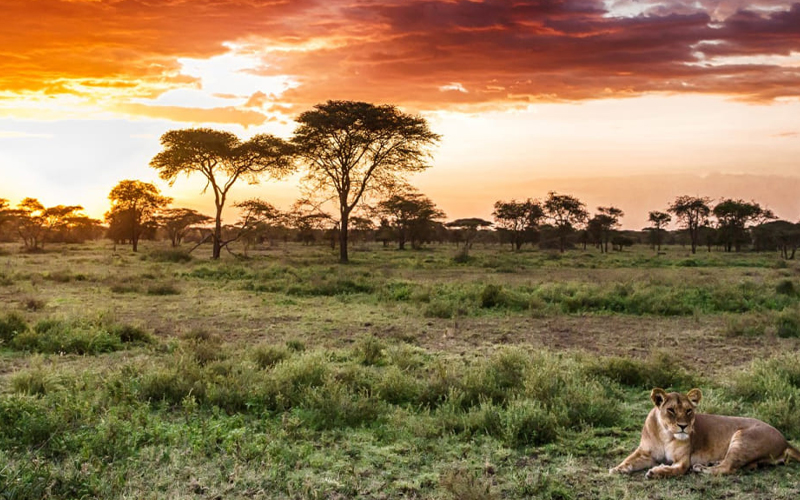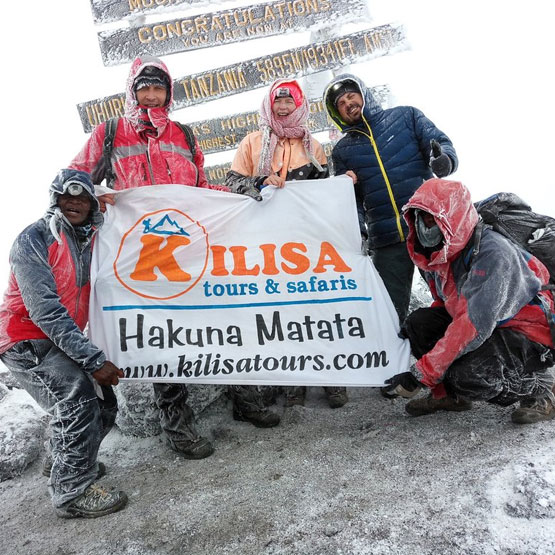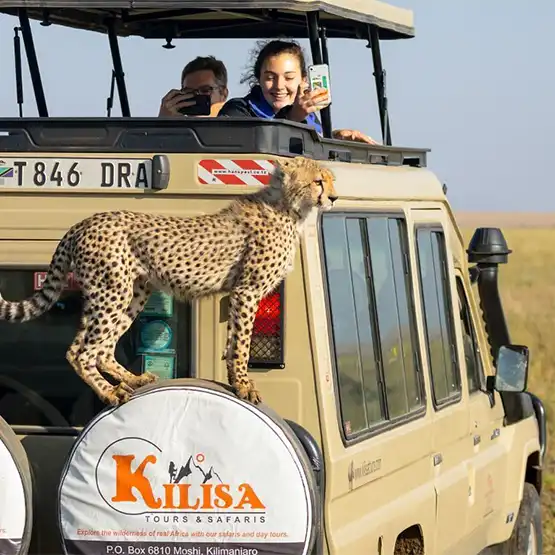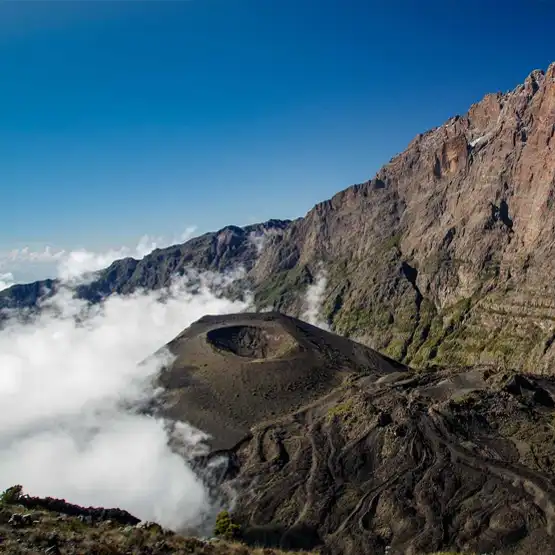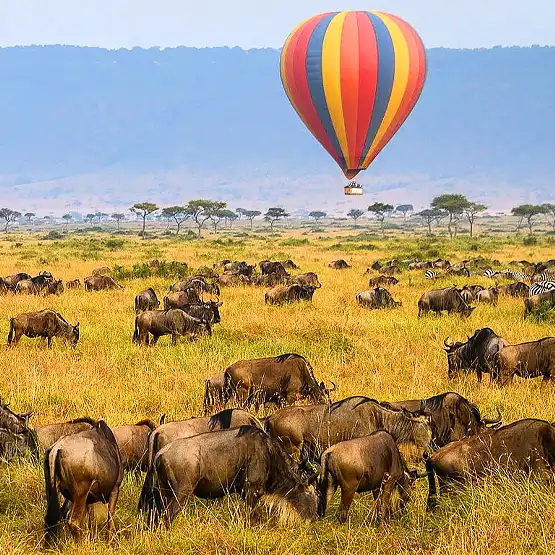Tanzania Infrastructure Developments 2025 Tourism
Tanzania, already a top-tier travel destination renowned for its wildlife safaris, pristine beaches, and cultural richness, is gearing up to enhance its tourism potential with ambitious infrastructure developments in 2025. These initiatives are designed to improve accessibility, ensure sustainability, and offer a seamless travel experience to international and domestic tourists alike.
With infrastructure being a cornerstone of economic growth, Tanzania is focusing on upgrading transportation networks, modernizing facilities, and promoting eco-friendly tourism. Here’s a closer look at how 2025’s infrastructure projects are set to transform the Tanzanian tourism industry.
Upgraded Transportation Networks
Expanding Tanzania’s Airports
To accommodate the increasing number of tourists, Tanzania is investing heavily in airport expansion and modernization:
- Julius Nyerere International Airport (JNIA), Dar es Salaam: The construction of Terminal III has been a game-changer, and further upgrades in 2025 aim to increase passenger capacity and efficiency.
- Kilimanjaro International Airport (JRO): Serving as the gateway to Mount Kilimanjaro and the northern safari circuit, the airport is undergoing expansions to handle more flights and improve traveler comfort.
- Abeid Amani Karume International Airport, Zanzibar: The recently completed Terminal III is already boosting Zanzibar’s tourism appeal, with plans to enhance facilities for luxury travelers in 2025.
Improved Road Networks
Tanzania’s vast size and diverse geography necessitate reliable road networks to connect its top attractions:
- The Arusha-Dodoma Highway is being upgraded, facilitating faster travel between Arusha (the safari hub) and Dodoma, the political capital.
- Roads leading to major parks like Serengeti, Ngorongoro, and Tarangire are being improved, ensuring smoother access for safari vehicles and reducing travel time for tourists.
Railway Revitalization
The revival of Tanzania’s railway system is another highlight of 2025. The Standard Gauge Railway (SGR), connecting Dar es Salaam to Dodoma, Mwanza, and eventually to Rwanda and Uganda, is making progress. This railway will provide tourists with scenic, comfortable, and eco-friendly travel options, particularly for those looking to explore inland attractions.
Enhancing National Parks and Conservation Areas
Eco-Friendly Infrastructure
To balance tourism growth with environmental conservation, Tanzania is prioritizing eco-friendly developments within its national parks:
- Solar-powered lodges and camps are being introduced in the Serengeti and Ngorongoro.
- Waste management systems are being implemented to maintain the pristine conditions of protected areas.
- Electric safari vehicles are being rolled out, offering a quieter, emission-free experience for wildlife enthusiasts.
Improved Park Facilities
To cater to the rising number of visitors, the Tanzania National Parks Authority (TANAPA) is upgrading facilities:
- New visitor centers with educational exhibits are being opened in Serengeti, Lake Manyara, and Tarangire.
- Rest areas, picnic sites, and observation decks are being added to enhance the visitor experience.
- Infrastructure to support disabled travelers, including wheelchair-accessible paths and accommodations, is being expanded.
Modernized Accommodation Options
Tanzania’s hospitality sector is growing, with 2025 marking the introduction of new luxury lodges, boutique hotels, and budget-friendly options:
- Luxury Lodges: High-end accommodations such as Singita, Asilia, and &Beyond are introducing eco-conscious lodges in strategic locations, blending comfort with sustainability.
- Community-Run Lodges: To empower local communities, several community-led accommodation projects are being developed near popular parks like Ngorongoro and Selous Game Reserve.
- Budget-Friendly Campsites: Recognizing the demand for affordable travel, TANAPA is expanding its network of public campsites, particularly for budget-conscious adventurers and backpackers.
Technological Advancements in Tourism
Technology is playing a pivotal role in Tanzania’s tourism transformation:
- Digital Entry Systems: E-permits for parks and e-visas for travelers are streamlining entry processes, reducing paperwork and wait times.
- Mobile Connectivity: The expansion of 4G and 5G networks ensures better connectivity for tourists, enabling seamless navigation, communication, and sharing of their experiences.
- Smart Tourism Platforms: The launch of integrated online platforms allows tourists to plan, book, and customize their trips effortlessly, from safari tours to beach holidays.
Zanzibar: A Model for Sustainable Tourism
Zanzibar, Tanzania’s island paradise, is undergoing a tourism renaissance in 2025 with a focus on sustainable development:
- Beachfront Developments: Eco-resorts and boutique hotels are replacing mass-market properties to protect Zanzibar’s fragile coastal ecosystems.
- Cultural Tourism Hubs: Stone Town is receiving funding to preserve its historical architecture while improving facilities for visitors.
- Marine Conservation: Coral reef restoration projects and the establishment of new marine protected areas are ensuring the long-term viability of Zanzibar’s underwater attractions.
Promoting Regional Connectivity
Tanzania is strengthening its ties with neighboring countries to promote multi-destination tourism:
- Cross-Border Safaris: Collaborations with Kenya, Rwanda, and Uganda enable tourists to explore East Africa seamlessly. Joint packages that include the Serengeti-Masai Mara ecosystem or gorilla trekking in Rwanda, combined with Tanzania’s safaris, are growing in popularity.
- Harmonized Visas: The East African Community (EAC) single tourist visa allows travelers to visit multiple countries with ease, boosting regional tourism.
Focus on Community and Cultural Tourism
Tanzania is investing in infrastructure to promote cultural tourism, which highlights its diverse traditions and local communities:
- Maasai Bomas: Upgraded facilities in Maasai villages offer tourists an authentic cultural experience while improving the livelihoods of local families.
- Historical Sites: Infrastructure upgrades at Bagamoyo, Kilwa Kisiwani, and other UNESCO World Heritage Sites are drawing history enthusiasts.
- Artisan Markets: New craft markets and workshops are being established to showcase Tanzania’s rich artistry, from intricate beadwork to hand-carved sculptures.
Challenges and Solutions
Challenges
Despite the ambitious developments, Tanzania faces challenges such as:
- High costs of infrastructure projects.
- Balancing tourism growth with environmental conservation.
- Ensuring equitable benefits for local communities.
Solutions
The government is addressing these challenges through:
- Public-private partnerships to share investment costs.
- Strict regulations to minimize environmental impact.
- Community engagement programs to involve locals in tourism development.
Tanzania’s infrastructure developments in 2025 reflect a commitment to creating a sustainable, accessible, and unforgettable travel experience. By upgrading transportation networks, enhancing national park facilities, embracing eco-tourism, and fostering regional collaboration, the country is unlocking its full potential as a global tourism powerhouse.
Whether you’re scaling Mount Kilimanjaro, witnessing the Great Migration, or relaxing on Zanzibar’s pristine beaches, Tanzania’s improved infrastructure ensures that your journey is as smooth as it is spectacular. With these advancements, 2025 is shaping up to be the year to explore the unparalleled beauty and culture of Tanzania.

